Life
Sign up for our newsletter
We summarize the week's scientific breakthroughs every Thursday.
-
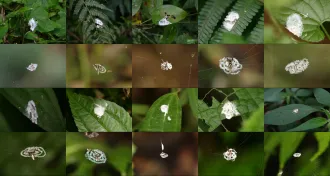 Animals
AnimalsBird dropping disguise proves to be effective camouflage
Several species of spiders and other animals mimic bird poop.
-
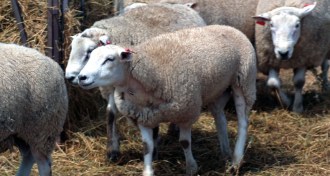 Genetics
GeneticsWool pulled from sheep’s genetic code
Sheep's genetic sequence, comprised of 2.6 billion base pairs, offers clues to how the animals maintain extra woolly coats and when they evolved from other livestock.
-
 Neuroscience
NeuroscienceStem cell approach for Parkinson’s disease gets boost
Postmortem study finds Parkinson’s patients can retain transplanted neurons for years.
-
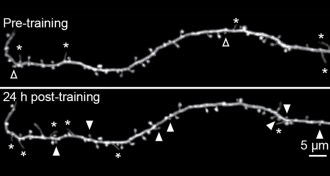 Neuroscience
NeuroscienceSleep strengthens some synapses
Mice show signs of stronger neuron connections when allowed to sleep after learning a trick.
-
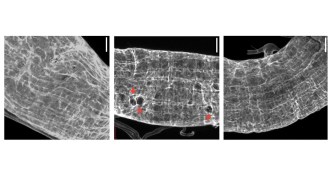 Genetics
GeneticsBromine found to be essential to animal life
Fruit flies deprived of the element bromine can’t make normal connective tissue that supports cells and either don’t hatch or die as larvae.
-
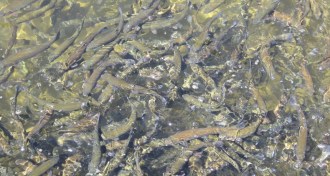 Life
LifeHatcheries’ metal can disrupt steelhead magnetic sense
Growing up in magnetic fields distorted by pipes and electronics confounds young fish’s inherited map sense.
By Susan Milius -
 Health & Medicine
Health & MedicineEarly malnutrition may impair infants’ mix of gut microbes
Babies’ gut microbiomes fail to fully recover even after fending off bouts with malnutrition.
By Nathan Seppa -
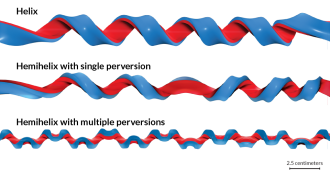 Life
LifeA new twist on a twist
Nature abounds with perfect helices. They show up in animal horns and seashells, in DNA and the young tendrils of plants. But helix formation can get complicated: In some cases, the direction of rotation can reverse as a helix grows.
-
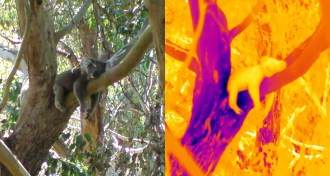 Animals
AnimalsWhy tree-hugger koalas are cool
Drooping against bark during a heat wave could save koalas from overheating.
By Susan Milius -
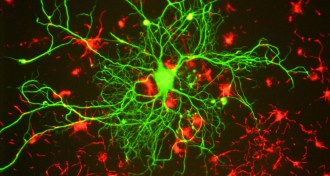 Neuroscience
NeuroscienceStress and the susceptible brain
Some of us bounce back from stress, while others never really recover. A new study shows that different brain activity patterns could make the difference.
-
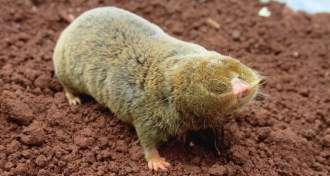 Genetics
GeneticsBlind mole-rats are loaded with anticancer genes
Genes of the long-lived blind mole-rat help explain how the animal evades cancer and why it lost vision.
-
 Chemistry
ChemistryBacteria take plants to biofuel in one step
Engineered bacterium singlehandedly dismantles tough switchgrass molecules, making sugars that it ferments to make ethanol.
By Beth Mole